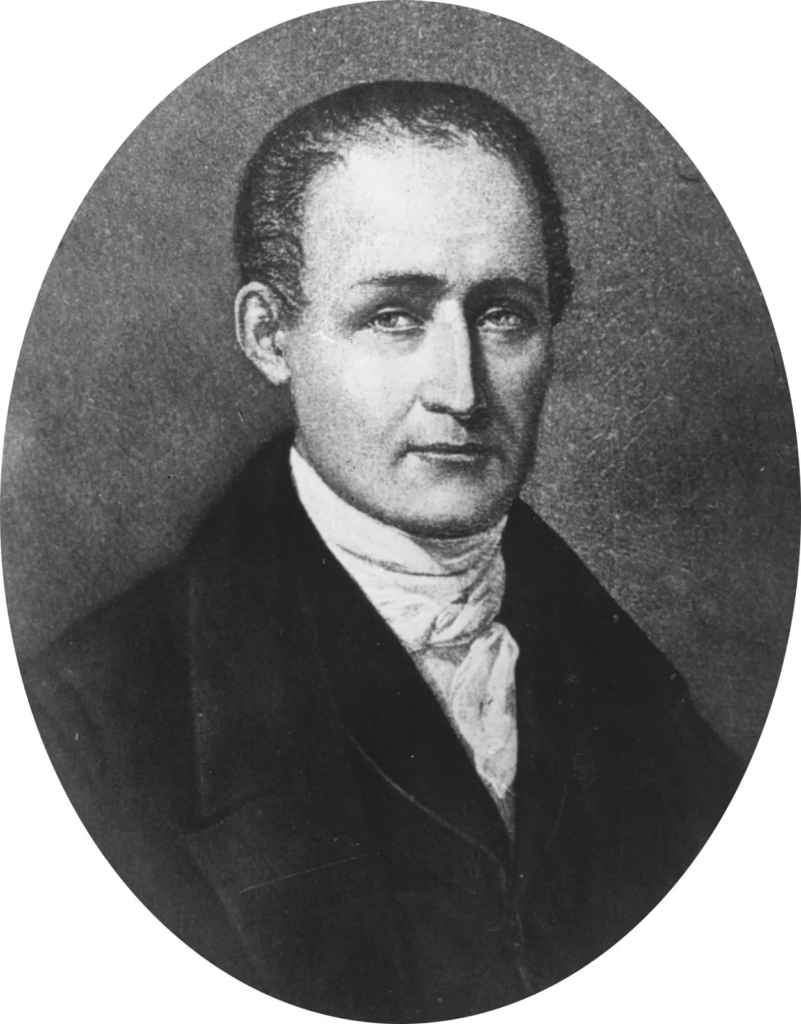What is the origin of photography?
Photography originated in the early 19th century and is credited to multiple inventors and technological advancements. Joseph Nicéphore Niépce created the first permanent photograph in 1826 using a camera obscura and a bitumen-coated metal plate. Louis Daguerre developed the daguerreotype process in 1839, producing detailed images on silver-plated copper plates with reduced exposure time. William Henry Fox Talbot introduced the calotype process, enabling multiple prints from a single negative in 1839. Further innovations such as dry plates, roll film, and portable cameras were introduced throughout the 19th century. The Kodak camera by George Eastman in 1888 made photography accessible to the general public. The development of photography is a result of the collaborative efforts of inventors and technological advancements.



Why is the origin of photography important?
The origin of photography is significant because it revolutionized various aspects of human life. It showcases technological advancements, enables documentation and historical preservation, fosters artistic expression, facilitates communication and journalism, and has personal and social impact. Photography has transformed how we create, remember, communicate, and understand the world.
Additional facts about the origin of photography;
The origin of photography is marked by several important milestones. The camera obscura, used by artists for centuries, laid the foundation for capturing light to create images. Joseph Nicéphore Niépce’s successful capture of the first permanent photograph in 1826 and Louis Daguerre’s introduction of the daguerreotype in 1839 were significant breakthroughs. The development of the wet plate collodion process in the 1850s improved image quality and production. Advancements in technology and manufacturing made photography more accessible to the public, and the shift to digital photography in the 20th century transformed the industry. These milestones demonstrate the continuous evolution and impact of photography on the medium itself.
